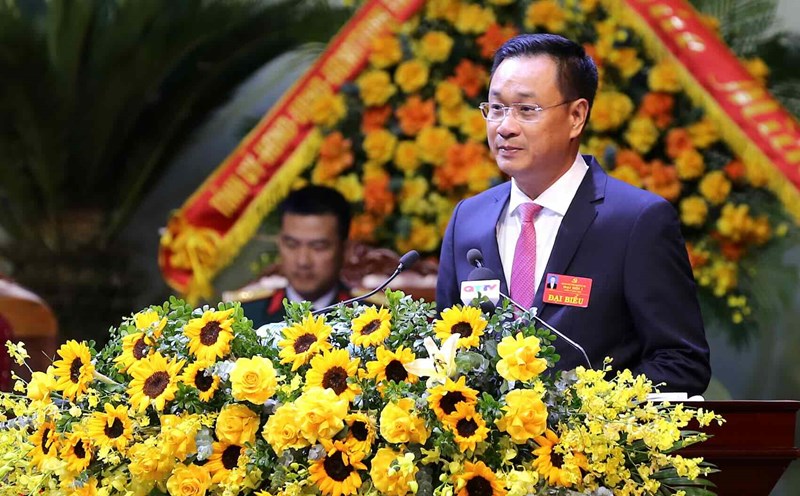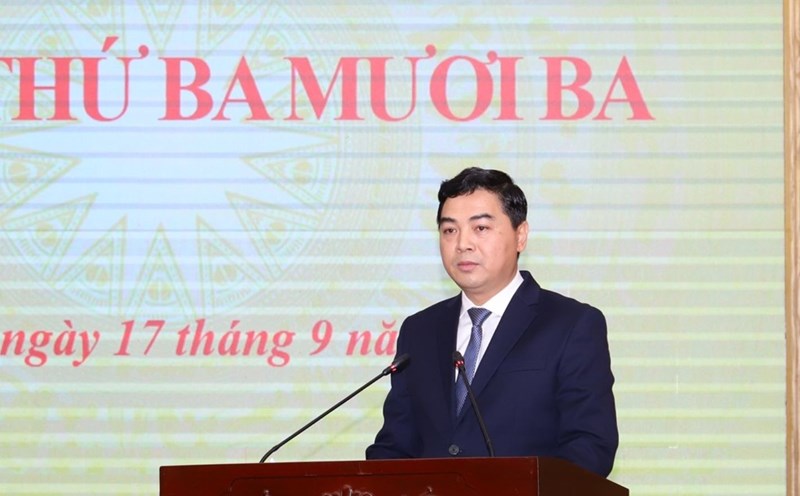After 2 decades of meticulous restoration with the support of Japan and UNESCO, the mausoleum of Pharaoh Amenhotep III - one of the most massive works in the Valley of the Kings - officially opened to the public on October 4, revealing the splendid beauty of ancient Egypt.
The tomb of Pharaoh Amenhotep III, the king who ruled Egypt from 1390 to 1350 BC, has been officially opened to the public in the city of Luxor. This is one of the largest tombs in the Valley of the Kings - the resting place of many of the most powerful Pharaohs in ancient Egypt.
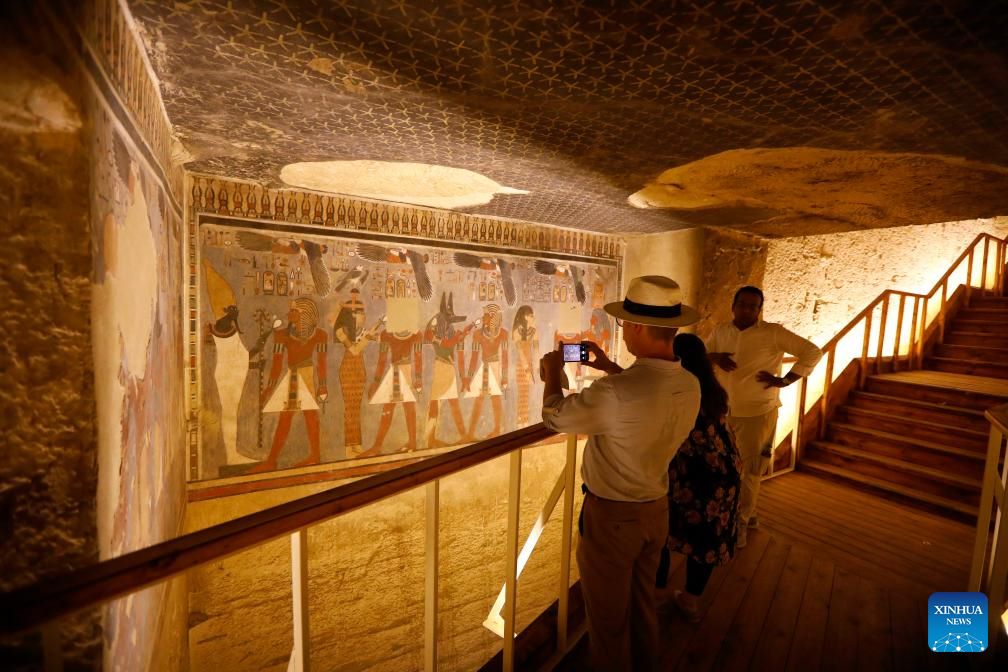
This project has undergone 20 years of large-scale restoration, part of a three-phase project funded by the Japanese government and supported by UNESCO. The project brings together more than 260 experts, from archaeologists, technicians to restoration experts, all of whom participate in the miraculous journey of "reviving" the 3,000-year-old.
According to Mohamed Ismail Khaled - General Secretary of the Supreme Council for Archaeology of Egypt, the mausoleum was once seriously degraded. The restoration work is extremely complicated because the structures and walls in the tomb have been severely damaged by humidity and time, said Mr. Khaled.
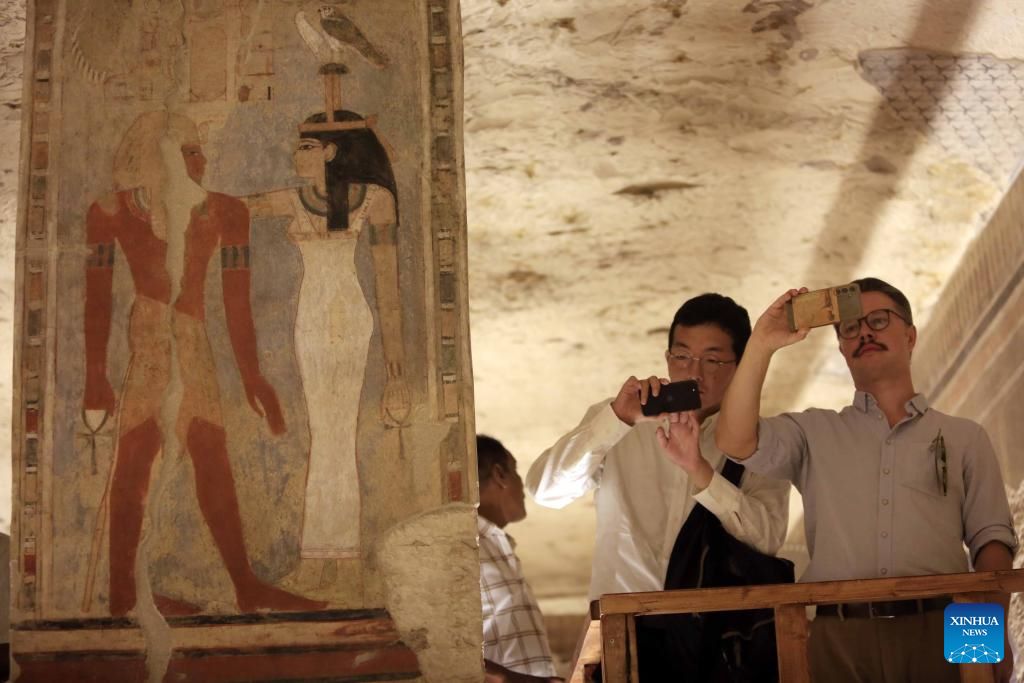
The mausoleum was discovered in 1799, but most of the antiques inside, including the stone coffin (sarcophagus), were looted centuries ago. However, what remains is enough to surprise archaeologists - a vast space of 36m long corridors, 14m deep slopes, leading down to the King's main burial chamber and two secondary rooms for Queen Tiye and Principess Sitamun.
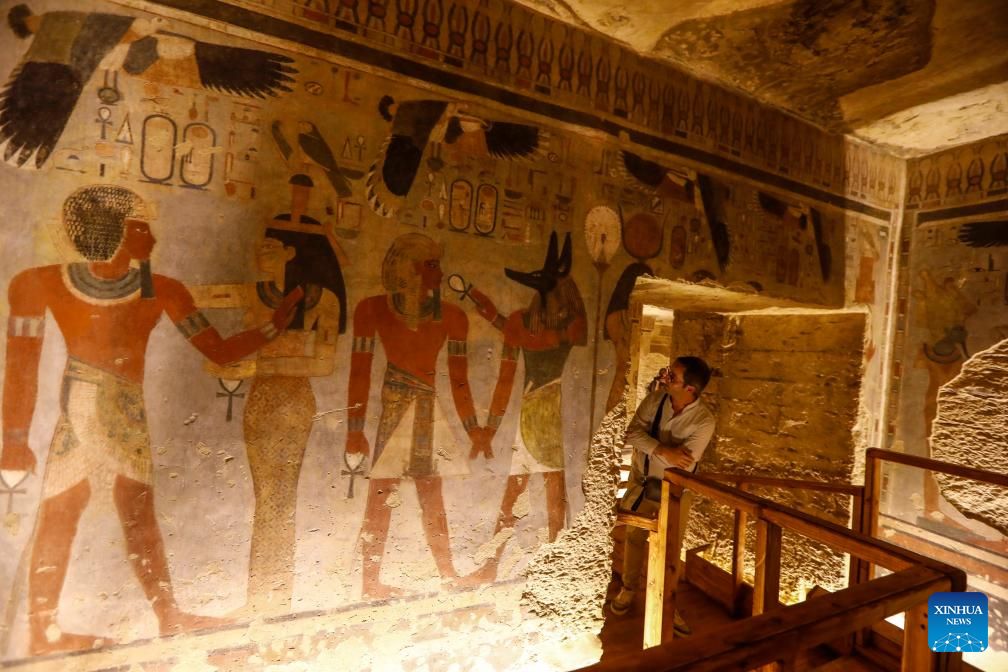
The mausoleum is depicted with brilliant, sophisticated murals, and is considered by experts to be "one of the remaining masterpieces" of the 18th Dynasty - the most glorious period of ancient Egyptian art.
According to the UNESCO delegation in Japan, the paintings in the mausoleum depict the "aesthetic and religious level at the peak of the Nile civilization", depicting the scene of the kings welcomed by the gods to the world on the other side.
The regional UNESCO agency, represented by Ms. Nuria Sanz, affirmed that this restoration project "meets the highest international standard for overall conservation". Each wall, each color piece is reinforced with modern technology, but still ensures the ancient shade.
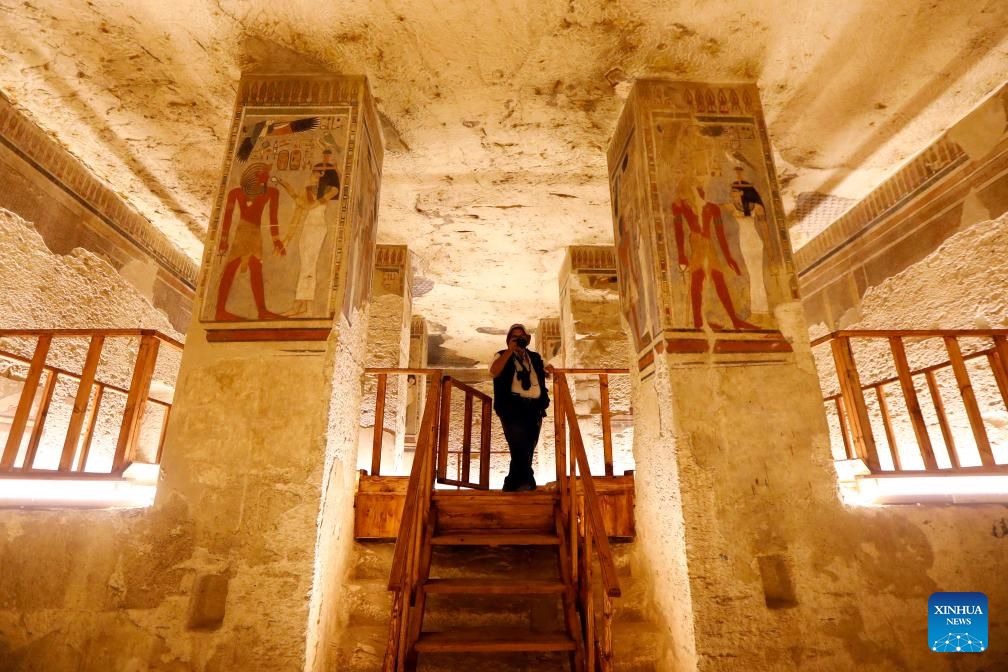
Egyptian Minister of Tourism and Antiquities Sherif Fathy, who directly cut the ribbon to inaugurate it, called it a "symbol of global cultural cooperation". He emphasized: "We not only restore a heritage, but also restore the memory of a civilization".
Amenhotep IIIs mausoleum is located on the western bank of the Nile River, opposite the city of Luxor the worlds largest open-air museum. The event of opening the tomb promises to attract international tourists, while strengthening Egypt's position on the global heritage map.




